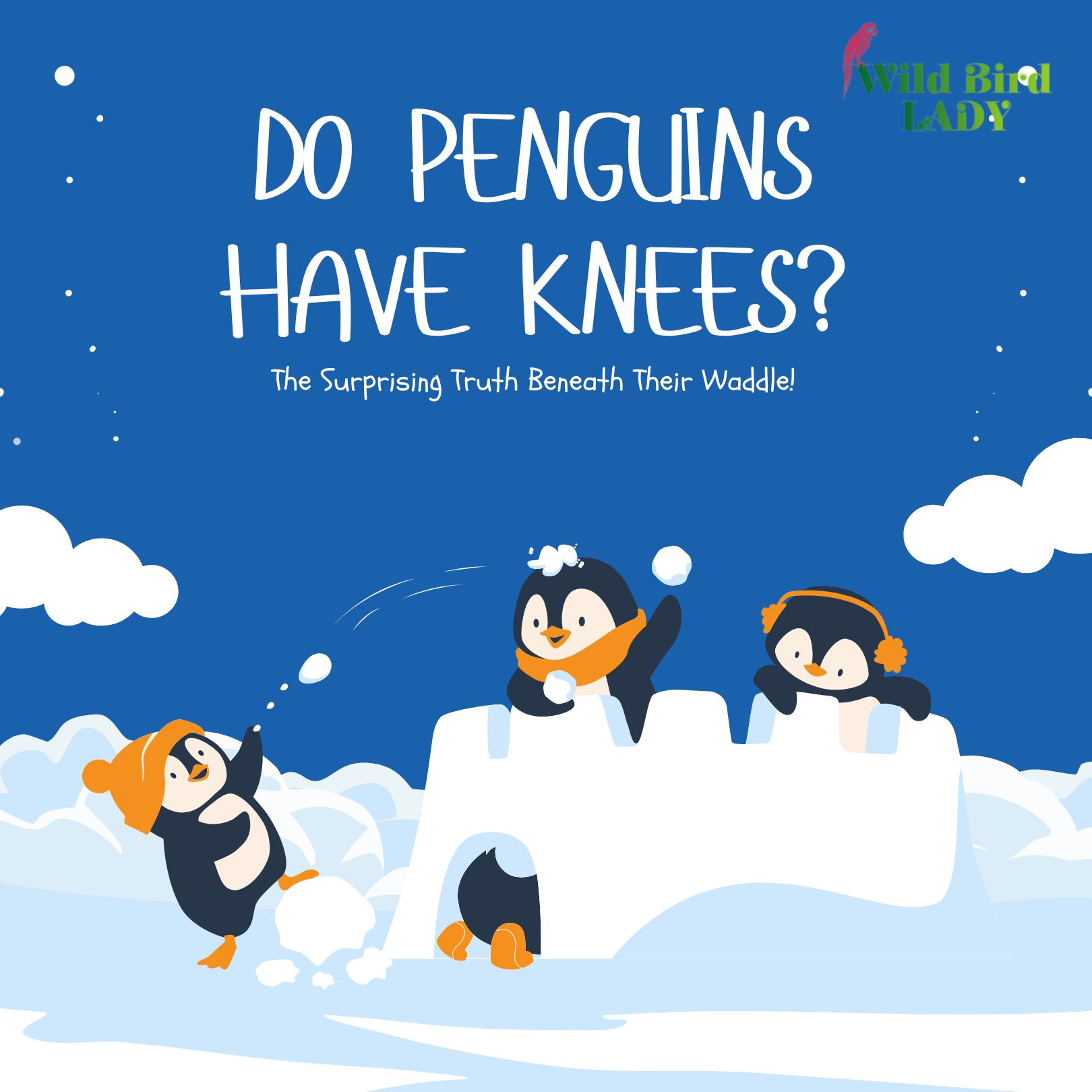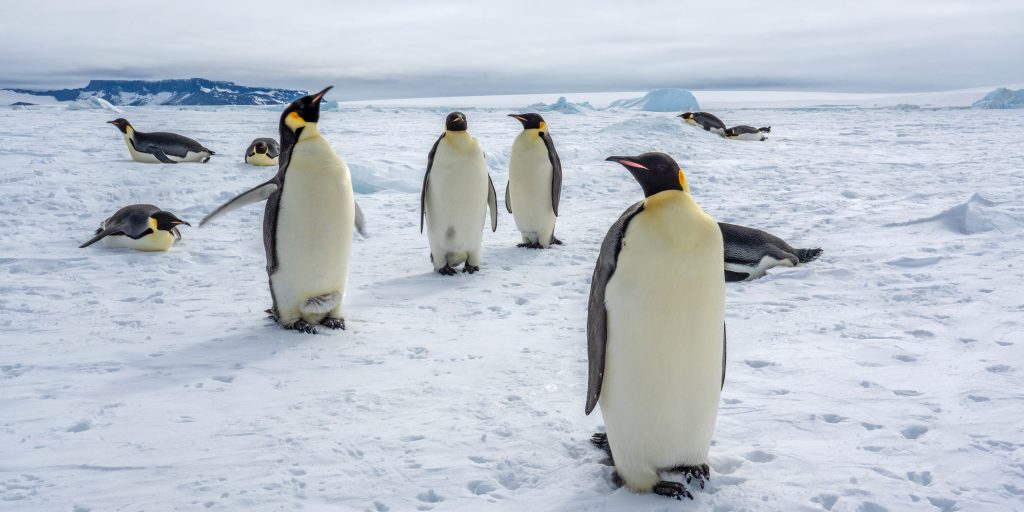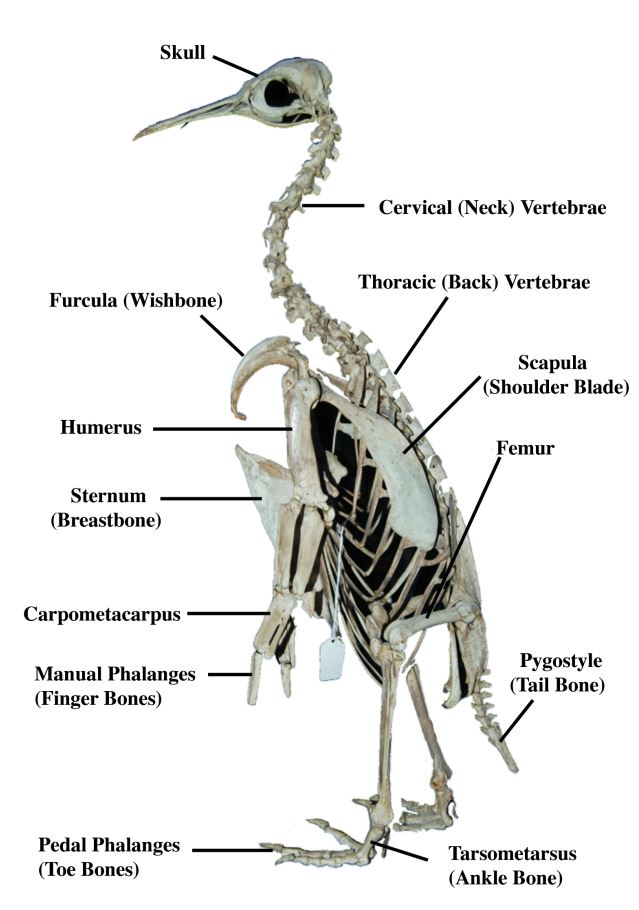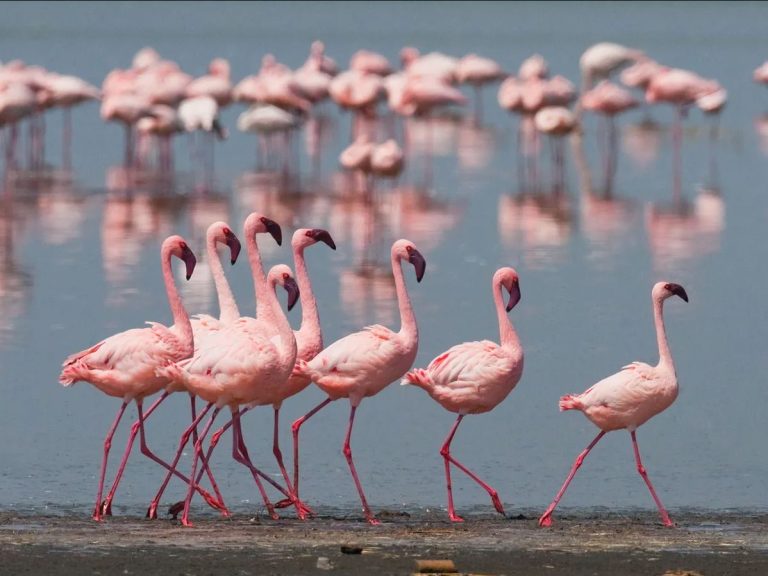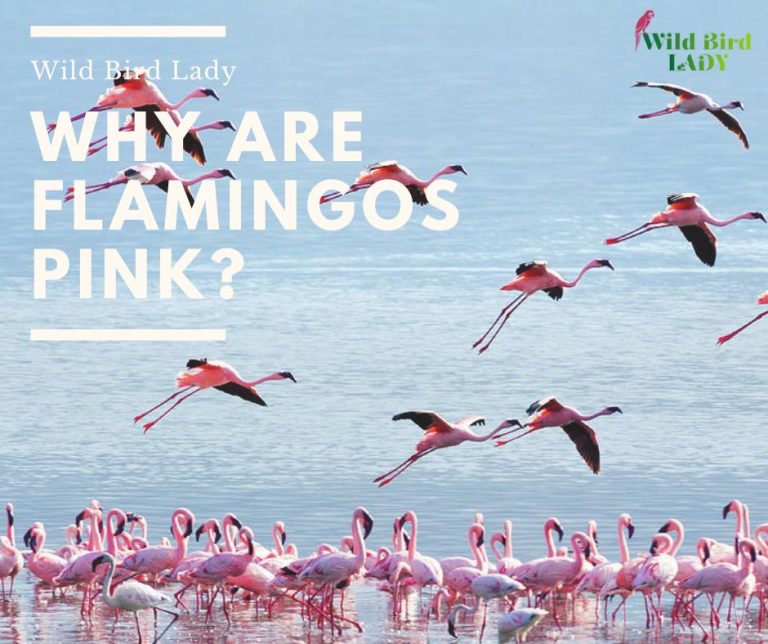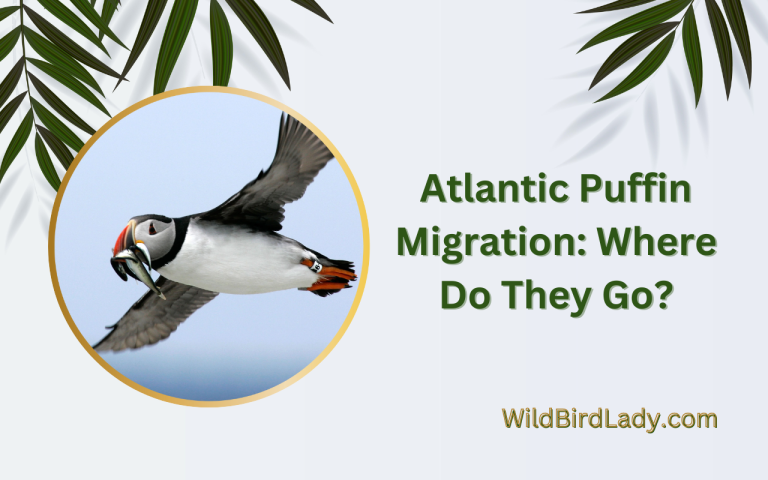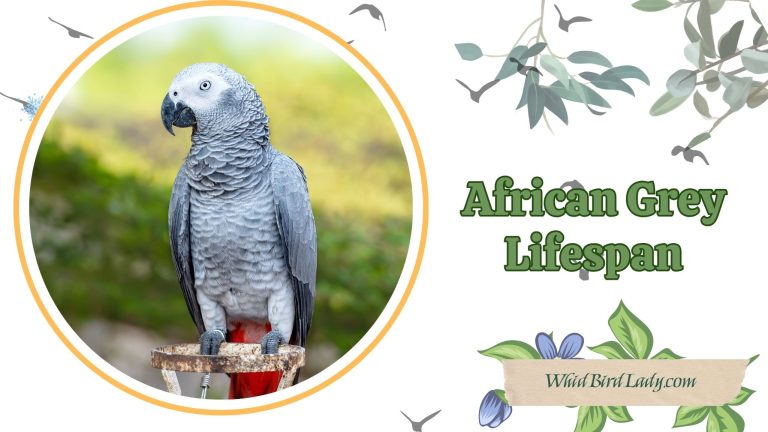Do Penguins Have Knees? The Surprising Truth Beneath Their Waddle!
If you’ve ever watched a penguin waddle adorably across the ice, you might have asked yourself: Do penguins have knees? It’s a surprisingly common question—and an even more surprising answer awaits beneath those plump, feathery bodies.
In this comprehensive guide, we’ll dive deep into penguin anatomy, uncover the hidden secrets of penguin legs, and reveal how evolution shaped their unique movement. Whether you’re a bird lover, a trivia buff, or just curious, you’re about to find out everything you never knew you needed to know about penguin knees.
Do Penguins Have Knees? The Short Answer
Yes, penguins do have knees!
Just like most birds—and even humans—penguins have a femur (thigh bone), a knee joint, a tibia, and a fibula. The reason their knees are such a mystery is simple: you just can’t see them.
Their upper legs are hidden beneath thick layers of feathers and fat, making their legs appear short and stumpy. But anatomically, penguins have a full leg structure, including functioning knees.
Why People Think Penguins Don’t Have Knees
Penguins have a very distinct way of moving. Their famous waddle—side to side, almost like a toy soldier—has made many assume their legs are rigid or lacking full joints.
But the waddle is less about missing knees and more about adaptation. Here’s why the myth persists:
- Their legs look short: Only the lower part of the leg is visible, giving the illusion of tiny legs with no joints.
- Feathers cover everything: Thick feathering hides their true leg shape.
- They waddle instead of stride: People associate walking efficiently with longer, visible knees.
In reality, penguins are marvels of biomechanical design, not exceptions to anatomy.
Understanding Penguin Legs: What’s Really Going On
To fully understand the mystery, let’s explore penguin leg anatomy in detail.
Bone Structure of Penguin Legs
Penguin legs include:
- Femur – The upper leg bone (thigh), hidden inside their body cavity.
- Knee joint – Connects the femur to the tibia; it bends like a human knee.
- Tibia & fibula – The lower leg bones; these are the parts you actually see when a penguin is standing.
This means that the visible portion of their legs is essentially their shins and ankles, not their entire leg.
Penguin Feet and Toes
Penguins have webbed feet designed for:
- Efficient swimming
- Ice gripping
- Burrow digging (in some species)
Each foot has three forward-facing toes and one small backward toe (vestigial in many species), contributing to their upright posture.
The Evolutionary Reason Behind Hidden Knees
Why would evolution hide such an important joint?
The answer lies in penguins’ dual lifestyle—they live on land but are adapted for life in the water.
Streamlined for Swimming
Penguins evolved from flying birds. Over time, their wings became flippers, and their bodies reshaped for aquatic efficiency.
- Hidden knees reduce drag in water.
- Their legs are positioned far back on the body, allowing for powerful propulsion while swimming.
- Short-looking legs improve center of gravity and stability in water.
Stability on Ice
While waddling may look silly, it’s an effective way to:
- Distribute weight evenly on slippery surfaces.
- Conserve energy through pendulum motion.
- Reduce strain on knees during upright walking.
So yes, penguins waddle not because of stiff legs but because it’s the best strategy for their icy world.
Can Penguins Bend Their Knees?
Absolutely. Penguins not only have knees, but they use them in surprising ways:
During Nesting
- Penguins kneel or crouch while incubating eggs.
- Knees help them adjust their position carefully over fragile eggs.
In the Water
- Knee joints aid in body control and angle adjustments while diving.
- Penguins bend their legs while steering, flipping, or shooting to the surface.
While Getting Up or Down
- Knees provide balance when transitioning between belly-sliding and upright standing.
Penguin Waddling: Efficient or Awkward?
What looks awkward to us is actually quite efficient for penguins. A study from the University of California found that:
“Penguins use their waddling motion to store and recover energy with each step, much like a pendulum.”
This means their gait:
- Conserves energy
- Supports long treks across ice
- Reduces fatigue in their legs and joints
In other words, waddling is a feature—not a flaw—of penguin design.
Comparing Penguin Legs to Other Birds
Let’s put penguin legs in context with other birds:
| Bird | Visible Knee? | Leg Adaptation |
|---|---|---|
| Penguins | No | Hidden femur, adapted for swimming |
| Ostriches | Yes | Long legs for running |
| Herons | Yes | Long legs for wading in water |
| Owls | Partially | Legs hidden by feathers |
| Chickens | Yes | Traditional walking posture |
Penguins are unique not because they lack knees—but because their knees are inside the body, making them perfect aquatic birds.
Fascinating Facts About Penguin Legs
Still curious about what’s hiding beneath those waddling tuxedos? Here are some incredible and lesser-known facts about penguin legs that reveal just how remarkable these birds really are:
Penguins Use Their Legs to Toboggan Like Pros
When snow or ice stretches across their path, penguins don’t always walk—they slide on their bellies! This behavior, called tobogganing, involves the penguin lying flat on its stomach and using its legs and flippers to push itself forward.
- The legs act like paddles, digging into the ice to generate momentum.
- This method saves energy, especially during long journeys across frozen terrain.
- It’s commonly seen in species like the Adélie and Emperor Penguins, particularly when they’re traveling to and from nesting sites.
Think of it as a built-in sledding system—fun, fast, and efficient!
Penguin Legs Help Regulate Body Temperature
It might surprise you, but penguin legs play a critical role in thermoregulation—the process by which animals maintain their internal body temperature.
- Blood vessels in their legs are arranged in a counter-current heat exchange system.
- Warm blood flowing from the body passes close to colder blood returning from the feet, minimizing heat loss.
- This is especially important in Antarctic species, where temperatures can drop to -40°F.
On warmer days, the process can reverse—allowing heat to be released through the legs and feet to prevent overheating.
Penguins Walk Marathon Distances on “Short” Legs
Despite their squat stature, some penguin species are capable of truly astonishing treks.
- Emperor Penguins famously march up to 60 miles (100 kilometers) across sea ice during the breeding season.
- These long, laborious walks are done entirely on their stocky but strong legs.
- Their unique waddle helps them conserve energy with each step—almost like a pendulum swinging side to side.
It’s not just impressive—it’s essential. These journeys ensure that penguins reach safe inland sites for egg-laying and chick-rearing.
Baby Penguins Depend on Knee Movement During Development
Even from the earliest stages of life, penguin knees are working hard.
- During incubation, chicks move slightly within the egg using subtle knee and leg motions.
- After hatching, penguin chicks often nestle under a parent’s body and must adjust their position for warmth and feeding.
- These micro-movements rely on the flexibility of the knee joint—even though it’s still hidden beneath developing feathers.
Without the ability to flex and bend at the knees, chicks could struggle to stay warm or signal for food, both of which are vital for survival.
Injured Penguin Knees Can Be Life-Threatening
While it may sound extreme, a simple knee injury can spell disaster for a penguin.
- Penguins that can’t stand, walk, or swim properly due to joint injuries are at serious risk.
- On land, they may be unable to reach their nesting colony, or may fall prey to predators.
- In the ocean, an injured leg can prevent efficient swimming, diving, or escaping from seals and other marine predators.
- In captivity, zoo veterinarians frequently treat leg and knee injuries with rest, braces, or surgery to restore mobility.
Because penguins rely so heavily on their legs for movement, hunting, parenting, and thermoregulation, even a small issue with their knees can cascade into major consequences.
Conservation
Understanding penguin anatomy—even quirky topics like knees—plays a role in conservation.
Injury to the legs or knees can:
- Prevent penguins from hunting
- Limit nesting ability
- Increase vulnerability to predators
Penguin rescue centers often perform surgeries on legs and joints, proving how essential their knees are for survival.
Organizations like the Global Penguin Society and BirdLife International support research into penguin biomechanics, which helps improve rehabilitation and release programs.
Why This Question Matters
You might think “do penguins have knees” is a silly question. But it reveals something important:
- How evolution adapts animals to their environments
- How appearances can be deceiving in the animal world
- How curiosity leads to deeper knowledge of wildlife
Questions like this open doors to wonder—and often lead to real scientific insights.
Final Thoughts: Do Penguins Have Knees?
Let’s settle it once and for all:
✅ Yes, penguins have knees.
❄️ Their knees are hidden under feathers and body fat.
💡 Their waddle is not due to stiff joints, but to a highly efficient walking method.
🌊 Their legs are specially adapted for life in water—and waddling is just part of their charm.
So the next time you see a penguin shuffle adorably across the ice, remember: there’s a full set of knees under those tuxedo feathers, working hard to keep them going.
FAQs About Penguin Legs and Knees
Q: Do all species of penguins have knees?
A: Yes, all penguin species—from Emperor Penguins to Little Blues—have the same basic leg structure with knees.
Q: Can penguins get knee injuries?
A: Yes. Just like other animals, penguins can injure their joints. In captivity, vets sometimes treat leg and knee issues with therapy or surgery.
Q: Why do penguins stand upright?
A: Their upright posture helps conserve heat and enables efficient walking and balance on ice.
Q: Are penguin legs short or just hidden?
A: They appear short because the upper leg (femur) is inside the body, but structurally, they’re normal bird legs.
Read also: Do Flamingos Fly? The Truth About Their Graceful Yet Surprising Flight Habits

